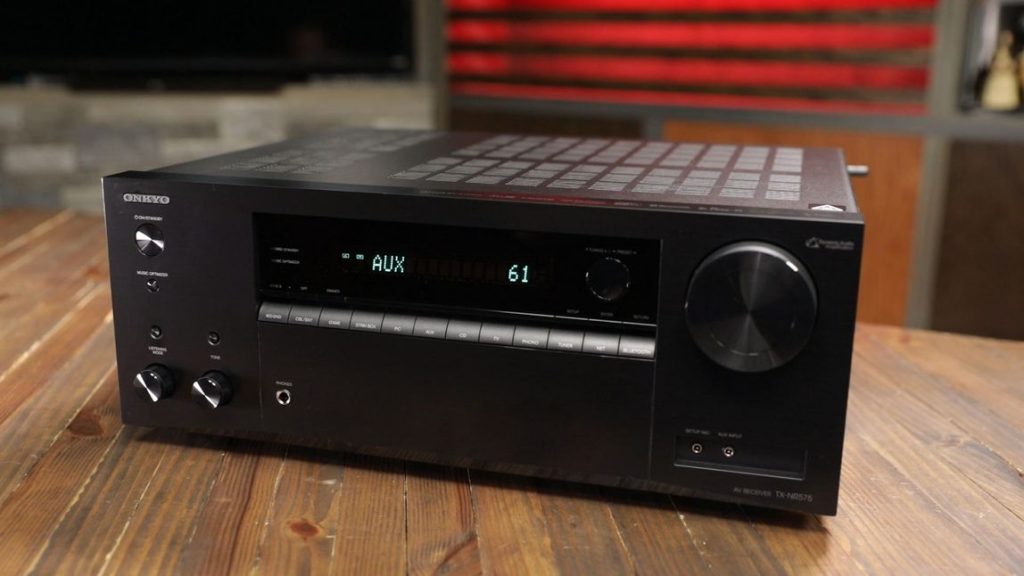Today, we have a vast choice of the collating and amplifying devices for playing music or movies and https://helptochoose.com/ is able to help make the right choice. However, a lot of customers face the trade-off between the amplifier and the audio-video receiver. Also, there is yet another member of the group – a preamp. Which one would fit your needs? Let’s find out:
- Preamp is the first link in the chain from the audio file to the sound produced by the speakers. It “collects” the weak signal from the source and adds power to make it linear. It guarantees noise- and distortion-free signal. That is why, in some professional systems, all or main components are often additionally supported by preamps. They differ by the gain and the number of components they can power up. For the needs of the music listening, the basic preamp like Senuch-Audio Tube is quite enough. However, if you want to rock the house with the really loud and clear sound, take a professional preamp like Vincent PHO 701.
- Amplifier is a “heavy metal” equipment that adds greater gain to the audio signal, making it powerful enough to be processed by the speakers. It is done by strengthening the signal by means of the electric power. The sound processed by the amplifier is loud and clear. Sometimes, the processing of the audio by the amplifier adds the effects to the sound – like a metal string with the Russound amp or warmer tone with latest Yamaha, sharper contrast, richer lows or more pitched / smooth highs.
- AV receiver is the next step in the sound amplification. Technically, it is the amplifier with additional options (quite many, like with Denon AVR-X6400H). The receiver even can be split into two blocks: the processor and the amplifying block. The modern audio and audio-video files are compiled by several audio tracks that require specific treatment and correct processing by the receiver and speakers. Sound modes like Dolby Surround and DTS:X require a powerful and fast processor to send the signal to the correct components and amplify it relevantly. The specific of processing the audio signal leads to the additional effects, just as with the preamp and amplifier.
Sometimes, while looking for the receiver for your media system, you might encounter the label “stereo receiver”. This is the “video-free” version of the AV receiver, designed to manage only the audio signals. The stereo receiver can empower the speakers and subwoofers, set up the equalizer, enable the controls, and receive the radio broadcast. Depending on the specifications, the stereo receivers can cost next-to-nothing or pretty high. Consider buying one, if you do not plan to connect the TV or another video source to your media system. Or, if you are a dedicated audiophile with an incline into classics, you might enjoy having a good old stereo receiver enriching your music with the inimitable sound effects. Say, like a vintage Marantz 2325.

The additional options of the AV receiver:
- the video signal processing. The “AV” stands for “audio and video”, which means the AV receiver becomes a central part of the media system. It controls and amplifies all the components, often improving the quality of their performance. The video processed by the powerful receiver like Yamaha RX-A860, provides a great picture on a TV or a projector, with bright colors and image of a high quality. Thus, there is no need buying a separate processing device or counting the number of ports in the TV and other system components, fiddling with the different connectors and cables. Simply connect everything to the AV receiver and do the setup.
- radio tuner. For a long time, receiving the radio signals had been a primary difference between the receiver and the amplifier. The receiver has a radio tuner and a number of preset radio stations, thanks to which its owner always has access to the newest music material and news. Still, with the wide popularity of Internet radio and streaming services, this feature becomes less important in the modern AVRs. Still, the retro lovers and connoisseurs of the old-time sound would definitely praise the opportunity to catch if a bit crackly but unmistakable richer analog sound through the AM broadcast.
- More connections. While an average amplifier usually features connections of one kind (mostly, RCA), even the budget AV receiver like Sony STRDH130 offers a variety of inputs and outputs. It means you can plug in many other devices, besides your speaker system and a TV, into the AV receiver and control them through the smartphone app, voice commands or via the remote. A Blu-Ray or DVD player, a turntable, headphones, a tablet or a PC will find their place in your entertainment system with no effort. Certainly, a Bluetooth and Wi-Fi connections add greatly to the possibilities of any home cinema setup.
- Adding the preamps. Within any home media system managed by the AV receiver, there is a room for connecting additional preamps. In most cases, this is done in order to boost some particular part of the setup (like a subwoofer) and get new effects to the sound. Inserting yet another signal amplifier into the chain, you will get a clean and noise-free sound even at the loudest volume. Besides, the parameters of the preamp can bring a new dimension to the sound of your stereo or home cinema system. Introducing the tube preamp like Dynaco PAS-3, you will get the full presence and iridescence of the tube sound. A high-frequency preamp will let you listen to your favorite records pure and natural.








Leave a Comment